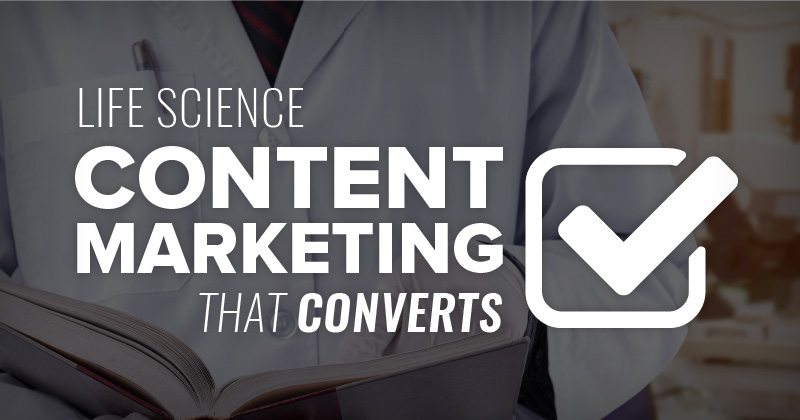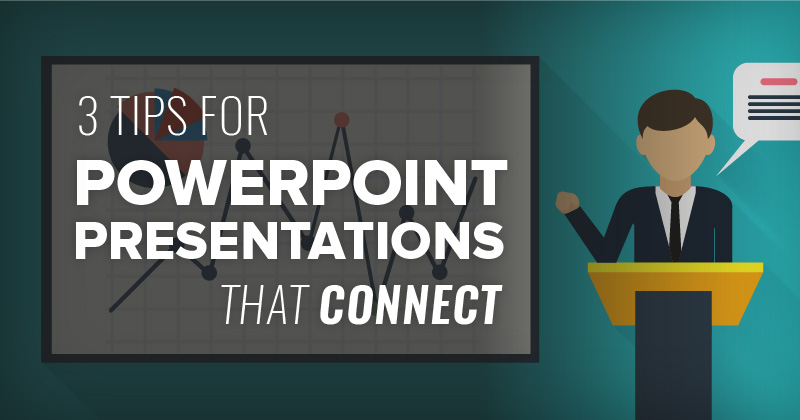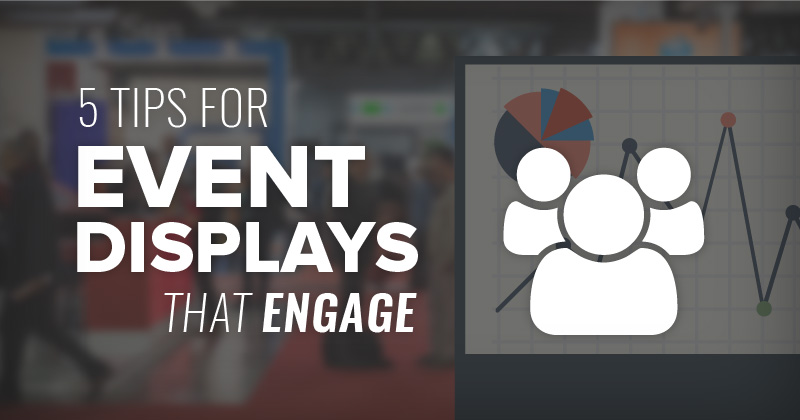Life Science Content Marketing That Converts: the T.R.U.S.T. checklist

Content marketing is arguably the most effective strategy that marketing managers can use to reach a life science audience. Why? Because content marketing is all about building trust. And trust is a prerequisite for doing business—especially in the life science industry.
We scientists are a very, very skeptical bunch. After years of reading peer-reviewed publications, we develop a knee-jerk reaction to disregard anything that sounds too good to be true. But, marketing managers can use this to their advantage by positioning their products within carefully crafted scientific narratives that provide value to their future customers.
The T.R.U.S.T. Checklist for Life Science Content Marketing
So how do you build trust with a scientific audience? I’ve developed a T.R.U.S.T. checklist that you can use to screen every piece of content you produce. If your content checks all the boxes, you’re on your way to earning the trust—and the business—of your target audience.
- TONE – Use the style of communication your audience trusts
- REFERENCES – Cite peer-reviewed articles and trusted institutions
- UNDERSTAND – Use words and images that resonate with their needs
- SHOW – Provide evidence for your claims with statistics, data, and graphics
- TELL – Position your products as solutions within your customer’s story
TONE – Use the style of communication your audience trusts
Put yourself in the shoes of your future customers. What writing style and format do they trust? Scientific journals have a very specific tone (formal, third person, heavy use of scientific terminology) and format (Abstract > Background > Methods > Results > Discussion > Conclusions) to efficiently communicate complex information. It’s the tried and true method that scientists trust.
So should your marketing content read like a scientific journal? No, although you can incorporate certain aspects to add credibility to your content. Proven marketing techniques that are successful in other industries (such as intriguing headlines, benefit-focused copy, and bold visuals) should be utilized in life science marketing as well. The difference is—and this is the most important part—all of your copy must be 100% accurate, using appropriate scientific language and supported by credible references.
Takeaway message: Choose your words carefully. Speak their language. Never overstate your benefits in an attempt to get noticed. If anything, err on the side of caution and let your data speak louder than your words.
REFERENCES – Cite peer-reviewed articles and trusted institutions
Even more than most people, when a scientist reads promotional content, their defenses go on high alert, actively looking for red flags that the information is not trustworthy. You want to make your customers feel comfortable reading your content, so that those defensive instincts fade away and they become receptive to your message.
By including citations to recent peer-reviewed journal articles and trusted institutions in your content, you are providing regular reassurance that the information is reliable. If your customers want to fact-check a claim or learn more background details, you let them know where to find it. This type of transparency is essential to building trust with your customers. It also has the added benefit of increasing the perceived authority of your content and your brand. In fact, the mere presence of a reference list of scientific articles at the end of a document can boost the perceived authority of the entire piece.
Takeaway message: Do your research. Be honest and transparent. Don’t make your audience wonder where you are getting your information from. Instead, provide reliable references clearly and consistently in all of your content.
UNDERSTAND – Use words and images that resonate with their needs
You may have heard the saying, “people don’t care what you know, until they know you care.” Guess what? Scientists are people, too. The first words and images your customer sees should be all about them, not you. Always start off by relating to your customers’ unique needs, challenges, and goals. If you show your audience that you understand their needs, your products will naturally be perceived as the right solution for them.
How do you figure out what your audience needs? I recommend developing customer profiles, or “avatars”—detailed descriptions of your target customers. Do research, conduct surveys, and use your imagination to determine what specific characteristics and motivations define your audience. Getting into the mindset of your customers in this way can reveal surprising insights.
Takeaway message: Get to know your audience. Relate to their needs first in your content. Don’t focus on your company or products. Instead, position your products as solutions to your customers’ needs.
SHOW – Provide evidence for your claims with statistics, data, and graphics
Scientists like numbers. We really do. Why? Because data give us a more complete picture than words ever can. For every benefit you offer your customer, it is important to include evidence to add weight and meaning. If you don’t have any data, then find it or create it—conduct surveys, fund a research trial, do what it takes to prove that your solutions actually work.
But, be careful. After years of interpreting data, scientists are quite good at knowing what conclusions can and cannot be drawn from a data set. If you take a statistic out of context or exaggerate positive results, all trust can be lost in an instant. So how do you prevent this? Be your biggest skeptic. Anticipate objections and address them. If you take the burden of critical thinking from your audience, it is just another way they can feel confident in your message and absorb the benefits.
Even more than numbers, scientists like pretty charts and illustrations. When data is presented visually, it attracts attention and can be understood almost instantly. Overall design is also extremely important, especially for first impressions. In a split second, your customers will decide whether or not to read your content in the first place. With professionally designed visuals, your customers can recognize instantly that your content is both valuable and trustworthy.
Takeaway message: Prove your claims. Use numbers. Don’t take any shortcuts. Invest in professional graphic design to add instant credibility to your content.
TELL – Position your products as solutions within your customer’s story
Why is storytelling important to life science marketing? Although the industry demands a formal tone, your scientific-minded customers are still people with needs, goals, and problems. I am not suggesting that you write a novel, or even adopt a narrative literary format for your content. Rather, try to connect the dots between your customers’ needs and your solutions.
How do you position your products in this way? If you’ve created customer profiles and revealed your customers’ needs, then you’re halfway there. Now, identify the outcomes—where your benefits and your customers’ needs intersect. These outcomes should be the focus of your headlines, your calls to action, and the visuals of your content.
Takeaway message: Don’t just present facts and numbers. Identify outcomes for your customers. Position your products as their means to an end by focusing your copy and visuals on these outcomes.
Need help with your content?
Our graphic design and copywriting experts can bring your content to life to help you engage with your target customers. Get in touch with us to learn how we can help you maximize your resources and achieve your marketing goals faster.
What do you think?
Leave a comment and let us know how we can improve this article. If you’d like to hear more about content marketing in the life sciences, leave a comment and we’ll be sure to address the subject in future articles.


